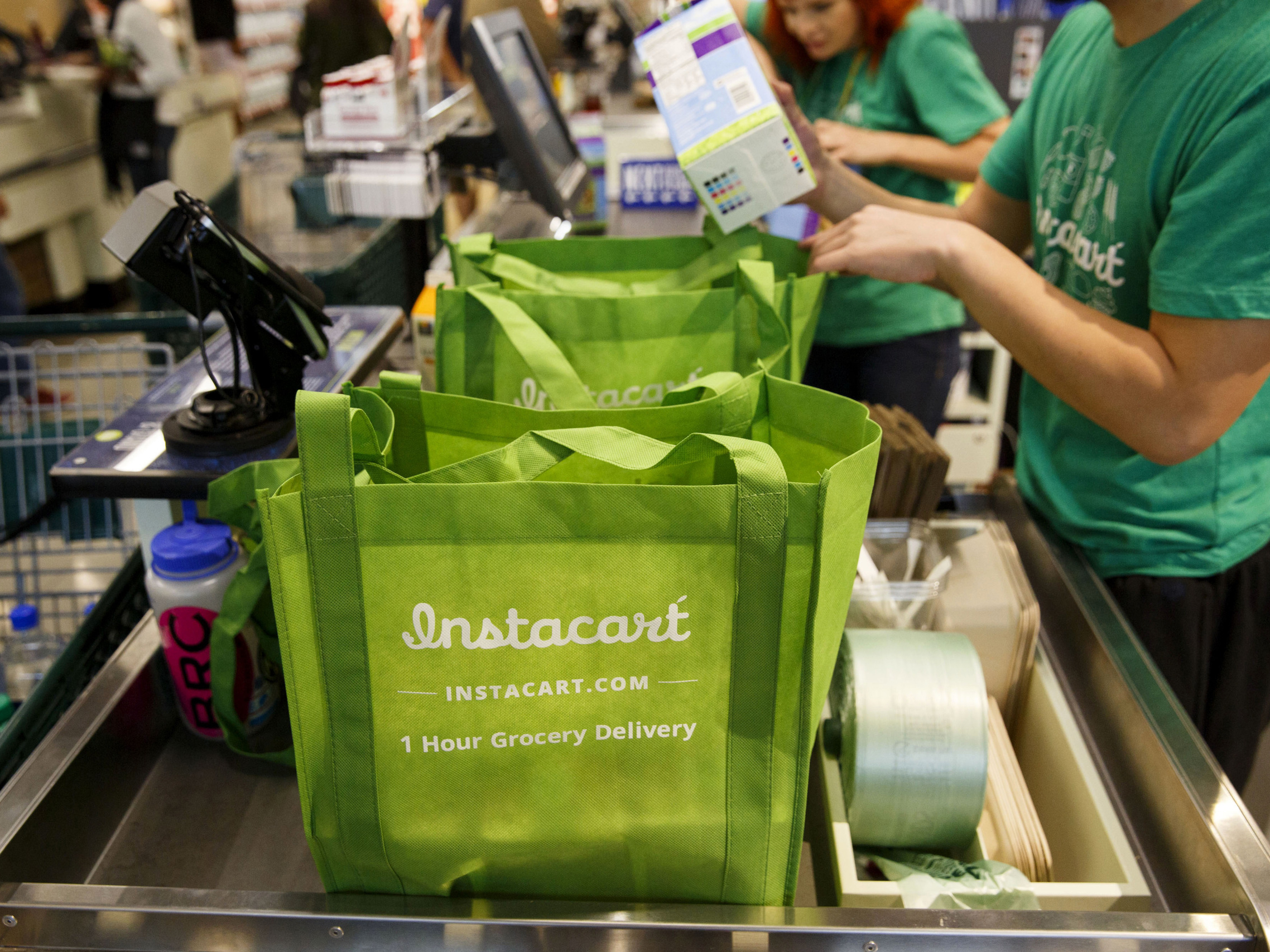
Think Tank
How Food Producers Are Responding to a Delivery-Oriented World

Consumer demand for ease and efficiency is affecting all types of companies and industries. In the age of Amazon.com and ultra-fast delivery, food is one of the categories that’s most impacted by the trend.
While restaurants are struggling to keep up (and make a profit) from third-party delivery apps, food wholesalers and food service contractors also are caught in the fight.
Here are five major ways in which the food supply chain is being affected by demands for faster delivery, and as well as how technology is being used to improve efficiencies.
Blockchain Technology
In the food distribution industry, wireless devices track retail sales, radio frequency identification (RFID) tags follow cases or kegs as they travel through the supply chain, and GPS equipment automatically determines truck routes and communicates with central dispatchers. Food wholesalers are looking to blockchain-based supply networks to help make these distribution operations more secure, transparent, sophisticated and free of contaminants.
Chinese e-commerce giant Alibaba recently introduced the Food Trust Framework. It’s designed to improve the accuracy and transparency of food distribution networks, by allowing shippers and buyers to verify and track products throughout the supply chain. A core goal of the project is to prevent food theft, contamination, and counterfeiting, by logging every transaction from origin to destination.
Similarly, more than 80 brands partake in the IBM Food Trust Network, including Randall’s, Safeway, and Tom Thumb supermarkets. Another Chinese e-commerce company, JD.com, has partnered with Walmart, IBM, and other stakeholders on an initiative called the Blockchain Food Safety Alliance. These blockchain-based supply networks should become more accessible in the coming years as large companies embrace the technology.
Online Shopping
Many food wholesalers are reconfiguring their supply chains as major retailers sell greater amounts of grocery products online. Amazon food and beverage sales topped nearly $5bn in 2018, according to Edge by Ascential. Meanwhile, more grocery stores are growing their "click and collect" options, where shoppers can buy goods online to pick up curbside.
In response to the impact of e-commerce, many trucking companies are continuing to adjust their fleet mixes. The explosion of e-commerce over the last decade has decreased the average length of haul, leading to more use of single-unit trucks over combination trucks, according to the American Transportation Research Institute. Last-mile and intra-regional truck trips are increasing, which has decreased overall average trip lengths by about 40 percent since 2000. The growth of e-commerce fulfillment centers has led to more frequent, shorter delivery journeys in smaller vehicles, as decentralization requires a faster, more courier-style delivery.
Streamlined Fleets
To mitigate rising fuel, freight, and labor costs, major U.S. food distribution companies are streamlining their operations, including shifting some deliveries to smaller trucks and packing them more efficiently. Industry leaders Sysco and US Foods, along with smaller operators, are especially sensitive to cost pressures because their operations are less automated than those of some other businesses. As a result, they’re more vulnerable to labor shortages and pressures to hike wages. Additional efforts to mitigate rising fuel and labor costs include routing optimization, to reduce the number of miles driven and improve fleet utilization.
Some companies, especially those who don't own and operate their own fleets, are turning to online freight brokers like Uber Freight that use technology to match cargo with available trucks. Labor cost pressures are unlikely to subside soon, due to fierce competition from e-commerce companies for drivers and warehouse workers.
Food wholesalers will need to rely more on automation and other ways of wringing costs from their supply chains as rising transportation and labor costs erode profit margins.
Delivery Bots and Apps
Some food service contractors are expanding their delivery options to boost sales amid increased competition from restaurants and other dining options. Sodexo, for example, recently launched its first-ever delivery bot service, bringing 25 self-driving robots to George Mason University in Virginia. Using ultrasonic sensors, multiple cameras, radar, and GPS, the fleet is integrated with the campus dining plan and can cross varied terrain to deliver food and beverages to 40,000 students, faculty, and staff. Orders come through a Starship Deliveries app, where users pay $1.99 per delivery and can charge their campus meal plan or credit card to receive items from Starbucks, Dunkin' Donuts, the Sodexo-branded campus grocery store, and more.
Additionally, Elior Group has begun testing a partnership with food delivery app Waitr to serve the community. The Elior-managed Woman's Hospital in Louisiana, which has served highly rated food to patients, guests, and hospital employees for half a century, is the first healthcare food service operation to use the third-party delivery app.
Mobile Takeout
More fast-food and quick-service restaurants will be upgrading their technology, including point-of-sale systems, to keep up with the growth of mobile takeout and delivery. Mobile ordering and voice ordering allow consumers to find food nearly anywhere at any time, with the third-party delivery market worth more than $7bn, according to Technomic. Large restaurant chains and international franchises are responding, but smaller or independent restaurants will need to embrace technology to stay relevant.
While integrating third-party delivery apps with tablets in store can result in multi-system confusion, self-service kiosks and mobile form factors for POS devices should ease some of the pressure in a tight labor market for restaurants. Pre-ordering on mobile devices for takeout is also growing in popularity, as it allows for easier customization and food that's ready for pickup when diners arrive. That might prompt limited-service restaurants to invest in automation and multifunctional, space-saving equipment to increase speed and consistency.
Brian Alster is general manager of supply and compliance with Dun & Bradstreet.






